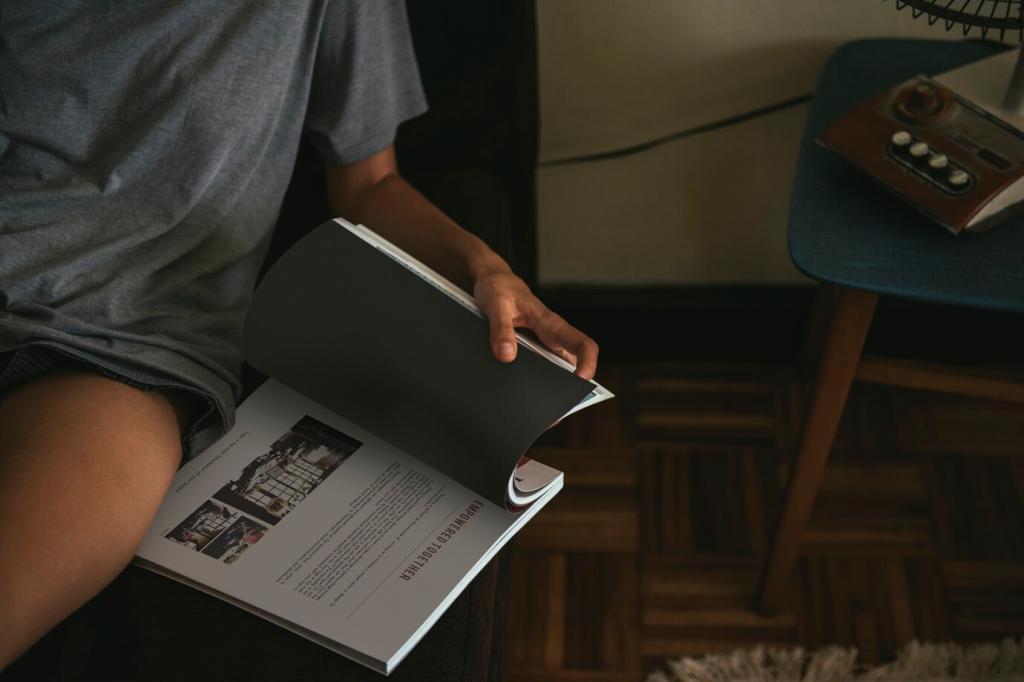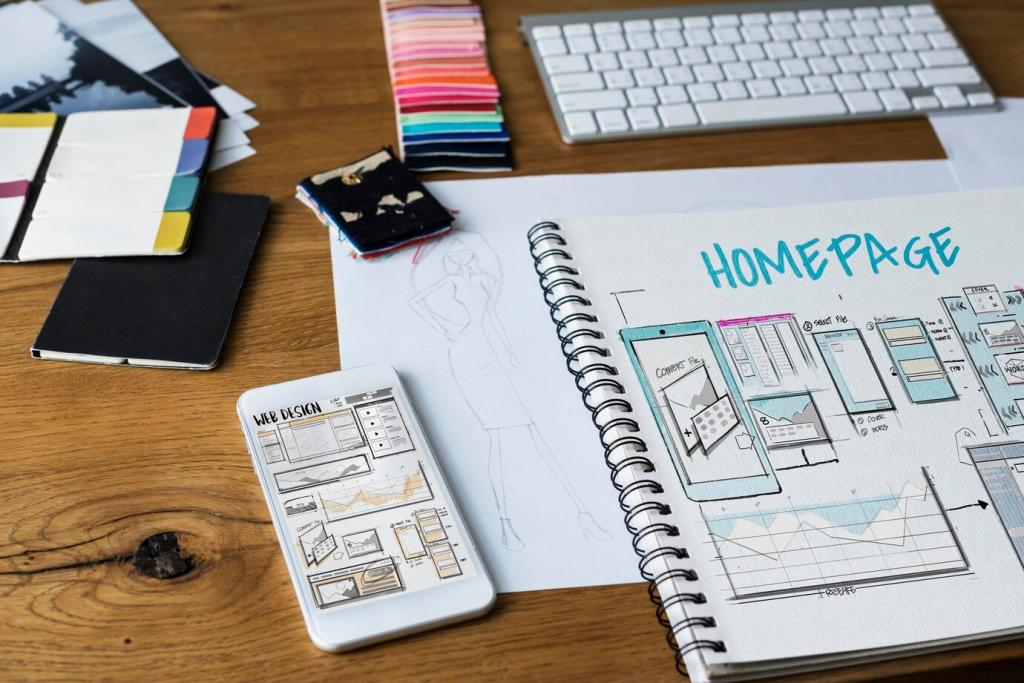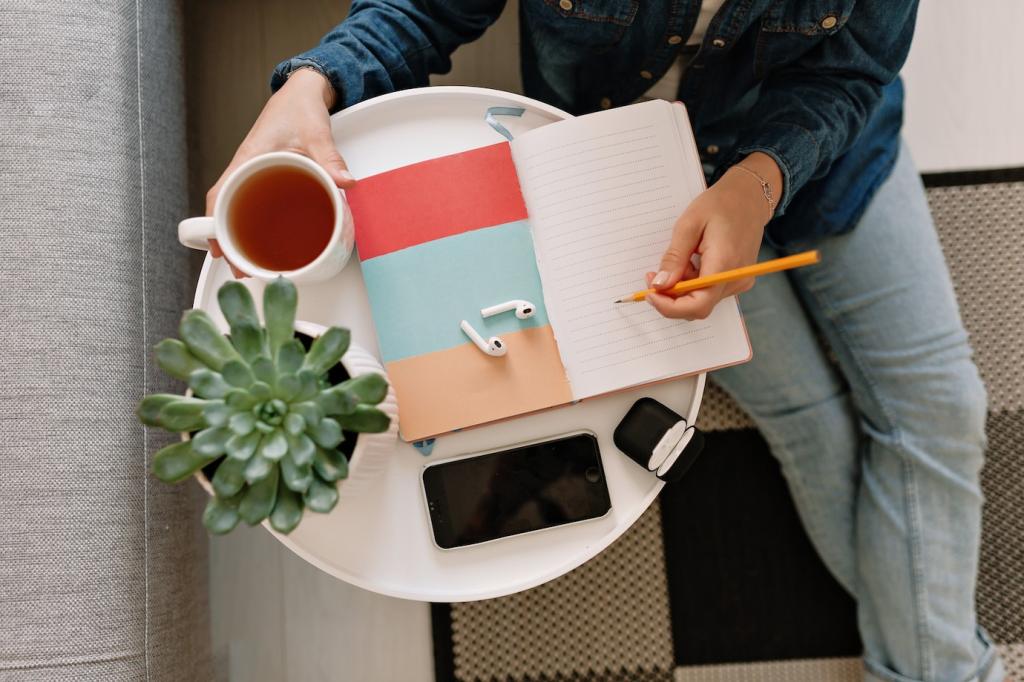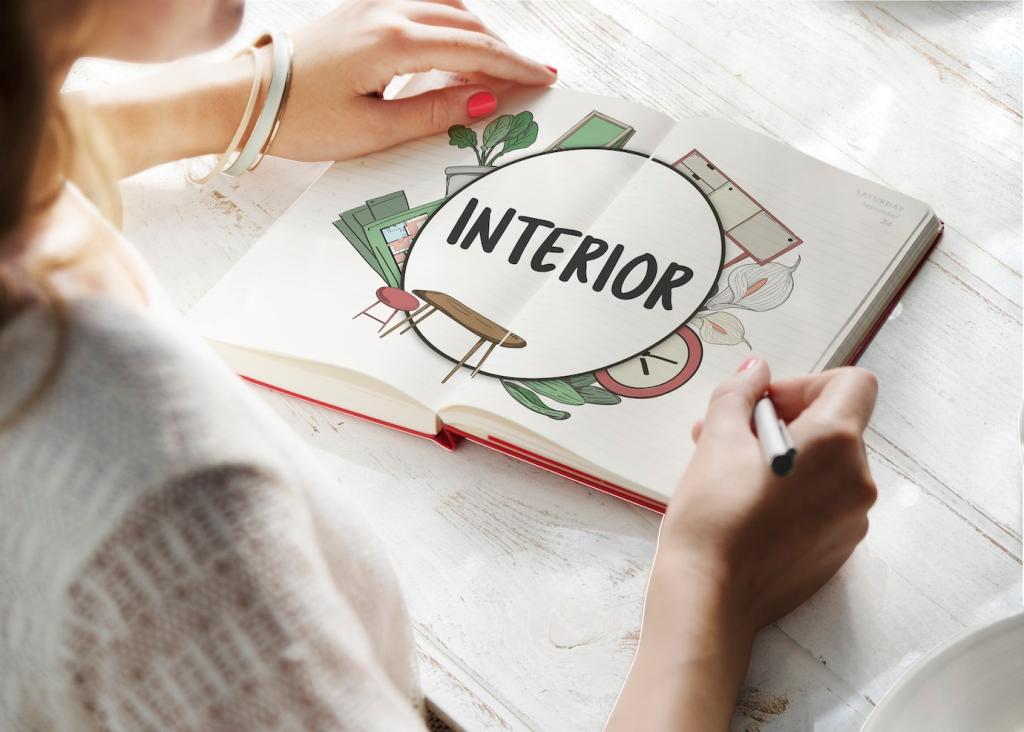The Art of Visual Storytelling in Interiors
Chosen theme: The Art of Visual Storytelling in Interiors. Welcome to a home page crafted to help you shape rooms that read like compelling stories—rich with meaning, rhythm, and memorable scenes. As you read, share your own interior narratives, subscribe for fresh inspiration, and join the conversation about how spaces can speak.


Foundations of an Interior Narrative
Decide who the space is truly serving and write three adjectives that describe them. Perhaps contemplative, adventurous, or convivial. When you design for a real protagonist, decisions gain focus and authenticity. Comment with your three adjectives and we’ll suggest narrative cues.
Foundations of an Interior Narrative
Your interior lives within a larger world—climate, culture, building era, neighborhood energy. Let those factors guide materials and mood. In a sunlit prewar apartment, one reader leaned into warm patina and curved lines inspired by original moldings. Share your own contextual cues.

Color as the Language of Emotion
Treat color as emotional grammar. A desaturated blue supports calm focus, while coral accents can create optimism and motion. Josef Albers reminded us that colors change through relationships; test swatches in situ, morning to evening, and note the shifting narrative.
Composition, Lines, and Sightlines
Use furniture edges, rug borders, and ceiling beams to lead toward a focal point—a fireplace, window view, or artwork. Remove competing noise around that destination. One couple rotated their sofa five degrees, and suddenly the view became the room’s opening sentence.
Composition, Lines, and Sightlines
Doorways, shelving, and drapery can frame smaller scenes, directing attention and creating depth. A simple linen curtain subtly frames a reading nook, turning it into a portrait. Experiment with layered frames and share a before-and-after snapshot with the community.


Materiality and Texture as Backstory
Patina and Memory
Worn leather, hand-scraped oak, or a copper lamp that slowly greens—patina invites time into the narrative. A reader rescued a scarred farmhouse table; now every scratch is a footnote from dinners shared. What heirloom or thrifted piece anchors your storyline?
Layered Textures That Invite Touch
Contrast rough with smooth, matte with gloss, cool stone with warm wool. Texture layers create tactile dialogue that deepens the story. Try adding a nubby throw to balance sleek cabinetry. Post your most surprising texture pairings to spark ideas for others.
Sustainable Materials as Values Made Visible
The story also reveals your ethics. Reclaimed wood, low-VOC paints, and natural fibers broadcast care for health and planet. A family we interviewed chose cork flooring for comfort and sustainability, reshaping daily routines. Share your favorite eco-forward material and why it matters.


Objects as Plot Devices
Edit ruthlessly. Keep objects that carry story energy—travel finds, handmade gifts, or local craft. Place them where eyes naturally pause. One reader grouped three heirloom bowls on a narrow console; the cluster became a gentle cliffhanger by the door. What will you cluster?
Objects as Plot Devices
Printed matter anchors narrative. Open atlases, annotated cookbooks, and postcards create immediate intimacy. A kitchen shelf lined with stained recipe cards feels like a memoir. Share a photo of a shelf that reads like a chapter from your life, and tag our page.

